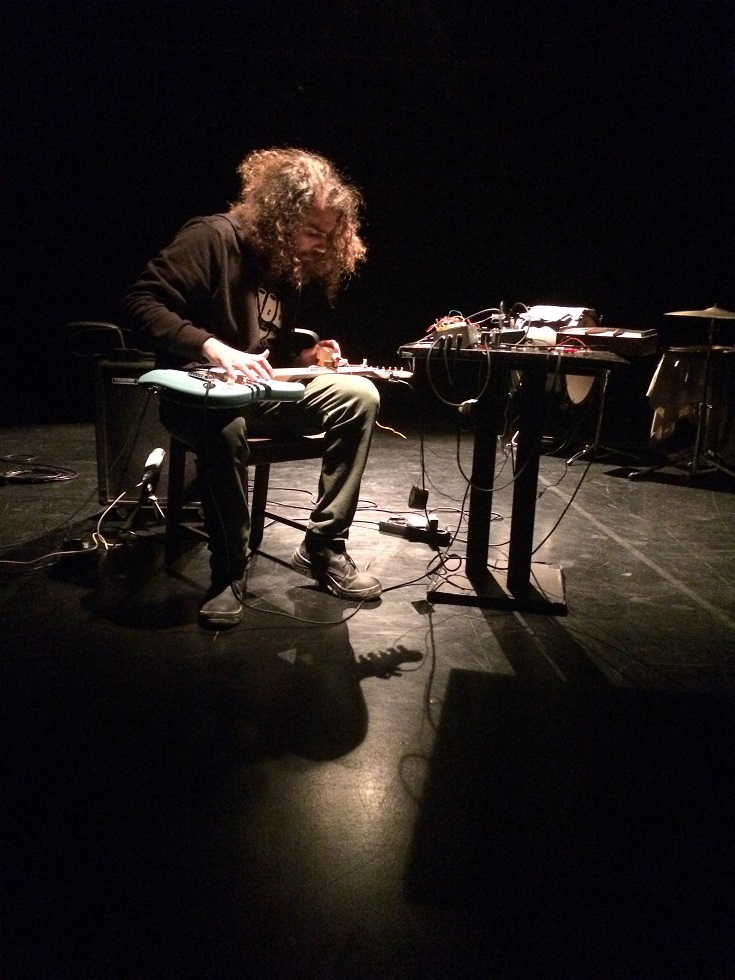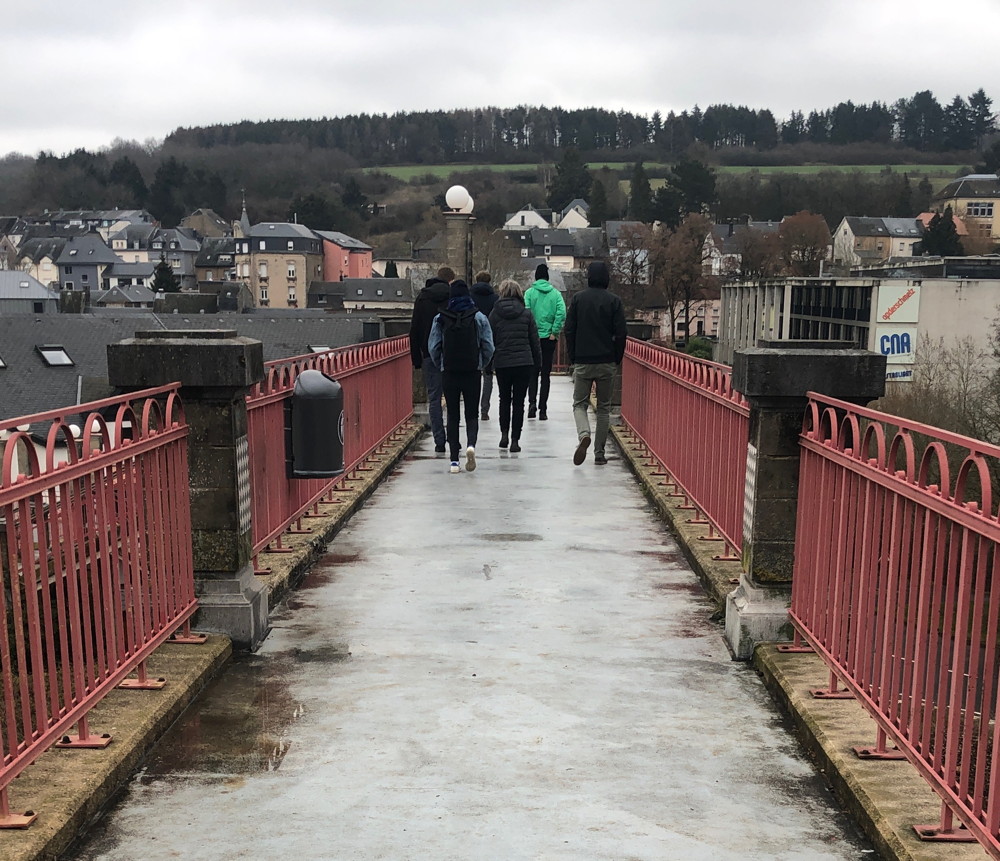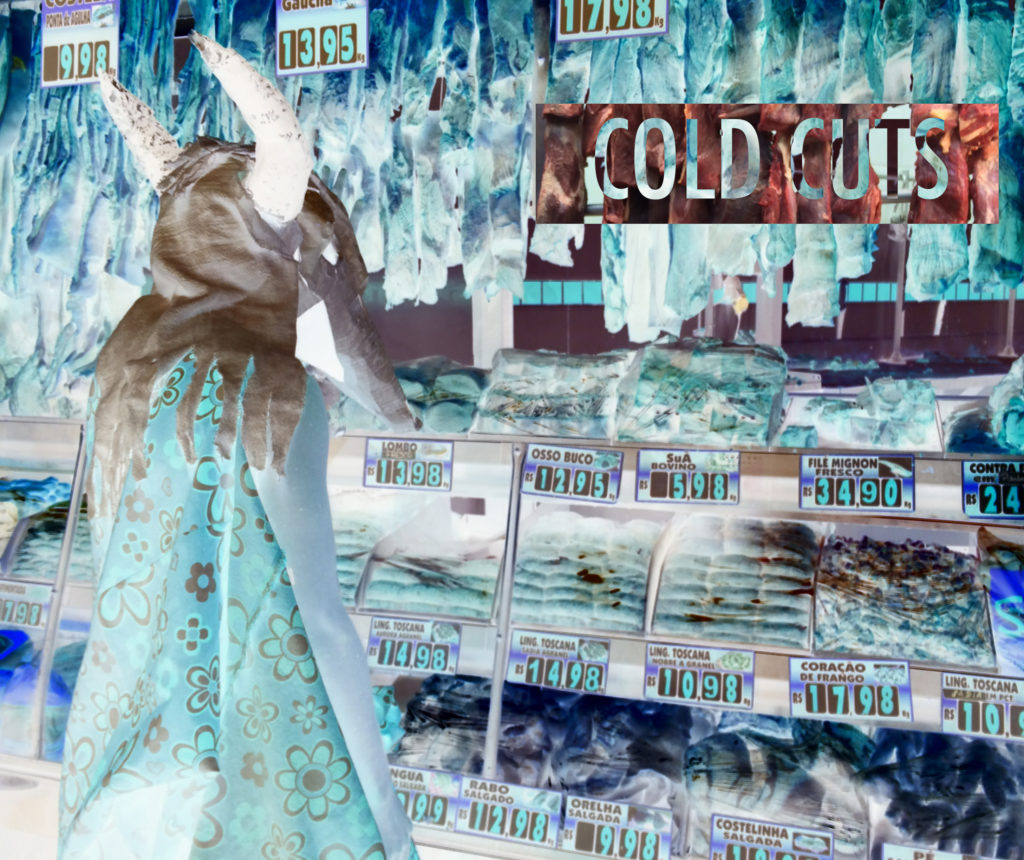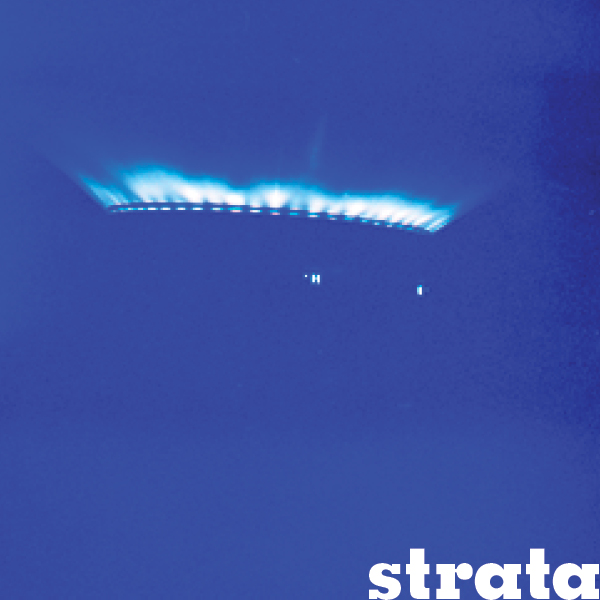Programming Environments was a networked event May 25, 2019 featuring live coding artists interacting with Wave Farm’s 29-acre wooded campus through code and transmission. They rewrite the code and the radio. Participating artists include Paul Feitzinger, JohnLP.xYz, Messica Arson, and Sarah GHP. Programming Environments was organized by Jen Kutler. wavefarm.org
All posts by knut
Show 737: No Ravens Left for the Funeral by André Damião (for Radio CORAX)

“No Ravens Left for the Funeral” discusses the juxtaposition of different forms of sound definition mediated by instrumental improvisation with prepared electronic guitar, self-built circuits and other electronic instruments.
André Damião works transversally between the fields of music and electronic art. He graduated in Composition at the State University of São paulo (UNESP), and holds a PhD in Sonology at the University of São Paulo (USP). Currently he is a fellow of the Radio Art Residency at Radio CORAX in Halle (Saale), which is awarded in cooperation with the Goethe-Institut and supported by the Kunststiftung Sachsen-Anhalt. (radioart-residency.net)
Show 723: The Dirty Dozen (Radio ARA)

The Dirty Dozen
This is the first Radia contribution out of Luxembourg. A dozen people got together to discover new ways of recording and radio making, thrilled by the infinite possibilities of radio art and wildly making use of any recording device they found.
Intentionally focusing on sounds, noises and voices that usually just form the background of recordings – or are not recorded at all. Distracting reverbs, deformed languages, distortions and alien sound worlds have been surrounding us and have now been captured for Radia. Plunge into these soundscapes and enjoy the variety of discoveries we have made.
Special thanks go to Mobile Radio for holding a two-day introduction workshop, of which this show is the result, organised by CNA (Centre national de l’audiovisuel) and Radio ARA, the free radio in Luxembourg.
Produced by Wendy Winn, Ben Dratwicki, Jamie Reinert, Claire Thill, Sandra Laborier, Lars Schmitz, Véronique Faber, Justin Jacquot, Guy Anthony, Monique Hoffmann, Luca Piparo and Isabel Scott with support from Sarah Washington and Knut Aufermann. Made with additional recordings by CNA audio archive and SoundBible.com (Daniel Simon).

Show 717: cancelled
Show 716: Identifying as Anonymous: Public Speech In the Anonymous Age (Rip) by marimoriko (reboot.fm)
Since the dawn of radio, the medium has been used by musicians and artists alike as a material to work with and to subvert conventional formats. The radio is still very much fertile ground for sonic experimentation in the digital age. Through a scripted conversation taken from found material online, Harry, Rosie, Veena, Fiona and Tess discuss the endless possibilities of public speech and identity in the anonymous age.
Show 701: cancelled
Show 696: Cold Cuts by bauhaus.fm (guest producer)

During the shortest night of 2018, ten students from bauhaus.fm set out to make slow radio from various locations in the city of Weimar in Germany. The recordings of these six hours are chopped up and recombined for Radia, using Dieb13’s software ‘Schnitzel’. Laura Dang and Lefteris Krysalis interlaced a random Schnitzel cut with a more musical one. The outcome of this process is called “Cold Cuts”.
Produced by Dieb13, Laura Dang and Lefteris Krysalis.
Idea by Knut Aufermann.
Original image by Patty Ventura, edited by Laura Dang and Lefteris Krysalis.
Participants of the Slow Radio Show for bauhaus.fm: Julius Baars, Konrad Behr, Laura Dang, Jan Glöckner, Lefteris Krysalis, Grit Lieder, Johann Mittmann, Janine Müller, Severin Schenkel, Anton Worch, Knut Aufermann & Martin Hirsch
Show 694: Strata by bauhaus.fm (guest producer)

Bauhaus.fm is a student initiative in Weimar, Germany, with a weekly broadcast slot on local FM community Radio Lotte. Most students are connected to the unique chair of “experimental radio” at Bauhaus University. For this summer semester guest tutor Knut Aufermann invited his course participants to produce a guest show for the Radia network. Instead of following a linear compositional approach, the spectrum of human hearing range was divided into five discrete frequency bands for which five pieces of 28 minute length were produced completely independently. Those layers were then combined with very little intervention to produce the stratospheric results you can hear.
20 – 120 Hz: Lefteris Krysalis
A collage made from experiments of different ways of producing and editing low frequency sounds. Sources include pre-recorded material from the bauhaus.fm archive, analog sound generators, digital operators and silence.
120 – 400 Hz: Janine Müller & Jan Glöckner
An acoustic portrait from beneath the water surface of the events that led to the Halifax Explosion in Halifax, Nova Scotia, Canada, on the 6th of December 1917.
400 – 1000 Hz: Konrad Behr & Anton Worch
In the human voice between 400 – 1000 Hz mostly the sounds of vowels are perceptible. With this in focus we excluded all consonants from the most important text in German law – the Grundgesetz (German constitution). The leftover is read by the voice of the most common translation service google.
1000 – 3500 Hz: Severin Schenkel
On this frequency-section, your ears receive the friendly female voice of a ‘Danube Swabian’ – southwest-german people – who once had to flee for economical reasons to the north of Romania, along the Danube bank, to a region called ‘Bessarabia’. A dystopian, fluent, room- and timeless collage that sets the narration to the darkness of contemporary brutality, sexual assaults, drowning and reactions on refugee-movements which, as citizens of the world, applies to all of us.
3500 – 20000 Hz: Grit Lieder & Johann Mittmann
Our capacity to perceive higher frequency ranges drops with age. At the same time the higher frequencies in the audible range of the human ear are highly important for spatiality. So we decided to give you a hearing test using the width of the stereo-field, reverberation and panning automations as the core parameters for our composition.
Final mix by Knut Aufermann, Jan Glöckner, Martin Hirsch, Lefteris Krysalis, Grit Lieder, Johann Mittmann, Severin Schenkel & Anton Worch. Image by Jan Glöckner.
Show 691: cancelled
Show 681: NOTHING LIKE US EVER WAS by Gregory Whitehead & Ice Cristals by Leni Süß (Radio CORAX)
Can radio art comment, torpedo, disrupt and cross the flood of information we are facing today? This show’s radio pieces have in mind the approach of the philosopher Santiago Zabala, who trusts in the power of art works to raise awareness “for an emergency that is absent because of the very danger it implies.”
NOTHING LIKE US EVER WAS
radio performance by Gregory Whitehead
with vocalist Laura Wiens
based on Carl Sandburg’s „Four Preludes on Playthings of the Wind“:
The past is a bucket of ashes.
1
The woman named Tomorrow
sits with a hairpin in her teeth
and takes her time
and does her hair the way she wants it
and fastens at last the last braid and coil
and puts the hairpin where it belongs
and turns and drawls: Well, what of it?
My grandmother, Yesterday, is gone.
What of it? Let the dead be dead.
2
The doors were cedar
and the panels strips of gold
and the girls were golden girls
and the panels read and the girls chanted:
We are the greatest city,
the greatest nation:
nothing like us ever was.
The doors are twisted on broken hinges.
Sheets of rain swish through on the wind
where the golden girls ran and the panels read:
We are the greatest city,
the greatest nation,
nothing like us ever was.
3
It has happened before.
Strong men put up a city and got
a nation together,
And paid singers to sing and women
to warble: We are the greatest city,
the greatest nation,
nothing like us ever was.
And while the singers sang
and the strong men listened
and paid the singers well
and felt good about it all,
there were rats and lizards who listened
… and the only listeners left now
… are … the rats … and the lizards.
And there are black crows
crying, „Caw, caw,“
bringing mud and sticks
building a nest
over the words carved
on the doors where the panels were cedar
and the strips on the panels were gold
and the golden girls came singing:
We are the greatest city,
the greatest nation:
nothing like us ever was.
The only singers now are crows crying, „Caw, caw,“
And the sheets of rain whine in the wind and doorways.
And the only listeners now are … the rats … and the lizards.
4
The feet of the rats
scribble on the door sills;
the hieroglyphs of the rat footprints
chatter the pedigrees of the rats
and babble of the blood
and gabble of the breed
of the grandfathers and the great-grandfathers
of the rats.
And the wind shifts
and the dust on a door sill shifts
and even the writing of the rat footprints
tells us nothing, nothing at all
about the greatest city, the greatest nation
where the strong men listened
and the women warbled: Nothing like us ever was.
ICE CRISTALS (14:00 min, 2017/2018)
by Leni Süß
field recordings: Halle/Saale, 2017, Wegajty 2015, Ürzig 2016 and Baracoa, 2015
Many thanks to the story tellers Anke Zimpel, Sviatlana Haidalionak and Sarah Washington.
